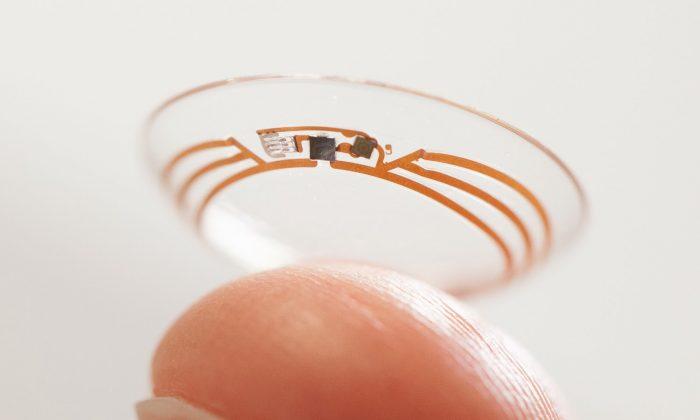Smart Contact Lens is the latest Google X project to make ripples in the hardware industry. The lens is designed to help diabetics measure blood glucose levels through their tears.
The Smart Contact Lens is built using a tiny wireless chip and a miniature glucose sensor that is embedded between the two soft layers of lens material. The sensors are so small that they look like bits of glitter.
Google is in the process of testing prototypes that can generate a reading every second. The possibility of integrating LED lights that could serve as indicators when the glucose levels are above or below the threshold is also being explored. The lens could serve as an early warning device.
Google has acknowledged that this technology is still in its early days, but hopes it will soon pave a new path for people with diabetes to more conveniently manage the disease. It has already begun working with the Food and Drug Administration (FDA) to turn this prototype into a viable product.
Google is looking for partners who can use the technology for smart contact lenses and develop apps that can provide measurements and updates to users and their doctors. Speaking to the BBC on Jan. 17, 2014, Manoj Menon, managing director of consulting firm Frost & Sullivan said, “This is an exciting development for the preventive healthcare industry” and “It is likely to spur a range of other innovations towards miniaturizing technology and using it in wearable devices to help people monitor their bodies better.”
There is still no word on when this product could hit the market. However, it does offer a ray of hope to millions of diabetics around the world who are in need of less painful and invasive solutions to monitor and control blood sugar levels.
Liberte Media writers contributed to this report. Liberte Media is an online agency that focuses on increasing user engagement through search engine optimization, pay-per-clicks, social media marketing, and content management.






Friends Read Free